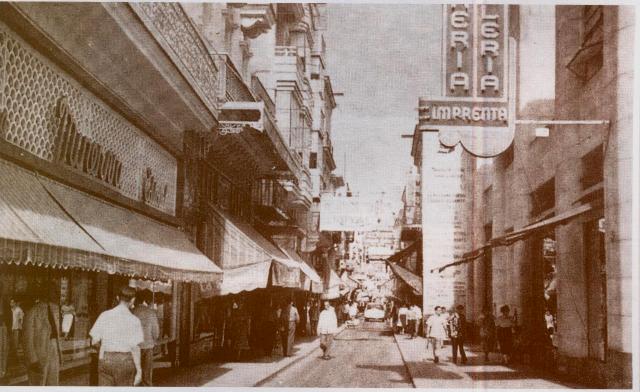The Moonhole homes on Bequia are built into a natural arch in the cliff wall with a sheer drop to the waves below.

By Caribbean Insider
Bishop Street, in the Historic Center of colonial Havana, looks like a picture of an old-fashioned book and not just because of its ancient buildings, but for the curious characters born since tourism was growing and the Cuban capital became one of the preferred poles of visitors.
As you walk along this city artery, where the coming and going of the people is continuous, you can see the woman with black skin and abundant meats, dressed in white and with a handkerchief knotted on her forehead, who in the midst of puffs of tobacco smoke, reads the letters and gives his omens, usually promising, who drops a few coins in her purse.
There are also those who in improvised duo or trio play maracas, guitar, keys and rattle with a well-tuned voice a Cuban son, especially when visitors approach wearing sandals, wearing shorts and T-shirts, who for their clothes, way of speaking and color of the complexion, it is known that they come from other countries.
The man of the sausage dogs, with hats, vests and glasses, mounted in the drawer of a bicycle does not take long to arrive in early hours to this part of colonial Havana, declared by the UNESCO World Heritage, and the greatest exponent of period architecture in the island’s Caribbean.
There are those who dance to the beat of the Chinese drum and bugle with silky woven suits and bright colors, who from the extra stature provided by wooden stilts look like giants making their eye-catching parades.
Black and mulatto women dressed in the style of other centuries, with baskets full of flowers resting on their rounded and sensual hips or on their firm heads, stroll around and show tourists the best Creole food restaurant. It is a curious image in a city that celebrated its 500 years in November and where now members of the theatre group Gigantería bring to contemporary life characters from other eras such as La Palomera, El Arlequín and La Giraldilla.
The curious thing is that they become living sculptures, with which many people take a photograph after tipping them coins on a small tray. Most of the passers-by, whether they are nationals or foreigners, like to walk along this road and watch these ingenious men and women make-up and look for the most attractive clothing, as if they were leaving the page of a very old book, when Havana enveloped them in its colonial charm.

The Moonhole homes on Bequia are built into a natural arch in the cliff wall with a sheer drop to the waves below.